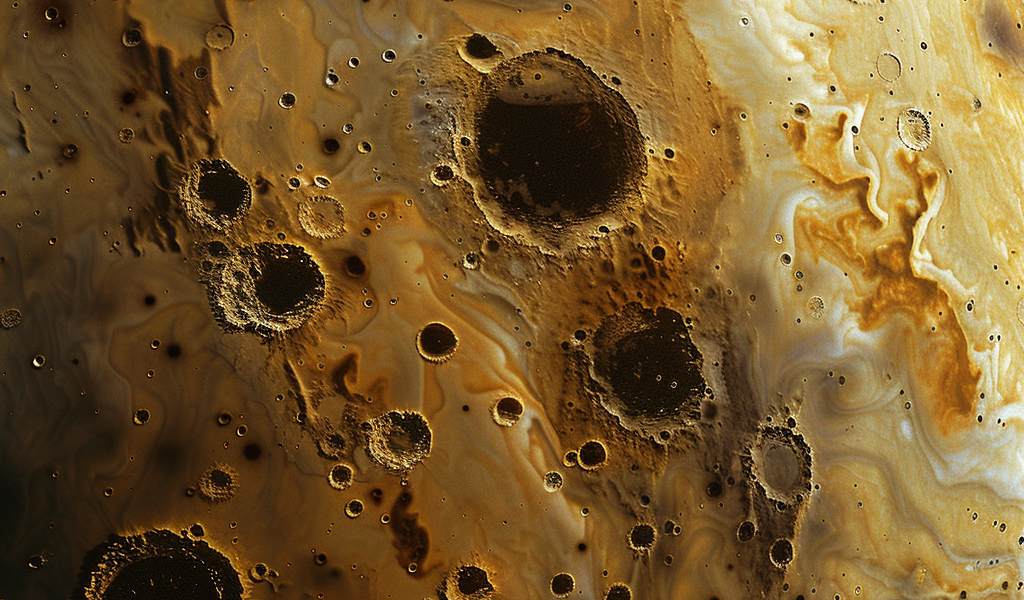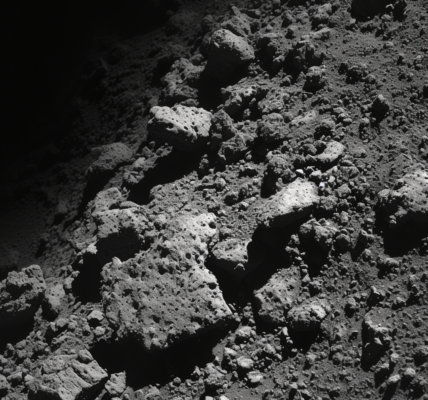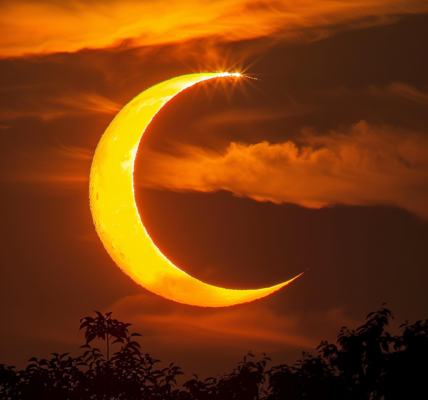NASA’s Juno spacecraft has captured a mesmerizing view of volcanoes erupting on a distant world, hundreds of millions of miles away. The spacecraft, which has been orbiting Jupiter since 2016, recently made its final planned flyby of the gas giant’s volcanic moon Io, revealing a landscape teeming with volcanic activity.
Io, one of Jupiter’s moons, is a volcanic wonderland due to its gravitational interactions with Jupiter and its neighboring moons, Europa and Ganymede. The constant gravitational tugs from these celestial bodies cause Io to be continuously stretched and squeezed, resulting in the eruption of lava from its numerous volcanoes.
Recent images captured by Juno showcase the stunning detail of Io’s surface, highlighting the intricate network of volcanoes and hot spots on the moon. The spacecraft’s flyby provided scientists with a wealth of data, allowing for a deeper understanding of Io’s geology and volcanic processes.
Professional and amateur image processors have been working on enhancing the images captured by Juno, removing noise and distortion to reveal the true beauty of Io’s volcanic landscape. The darker spots in the images typically represent active volcanoes or hot spots, showcasing the dynamic nature of this distant world.
Io’s volcanic activity serves as a testament to the complex interplay of gravitational forces within the Jupiter system. The moon’s unique geological features continue to fascinate scientists and space enthusiasts alike, offering a glimpse into the volatile nature of planetary bodies in our solar system.
As NASA’s Juno spacecraft continues to unravel the mysteries of Jupiter and its moons, the captivating images of Io’s erupting volcanoes stand as a reminder of the awe-inspiring phenomena that exist beyond our own planet.





